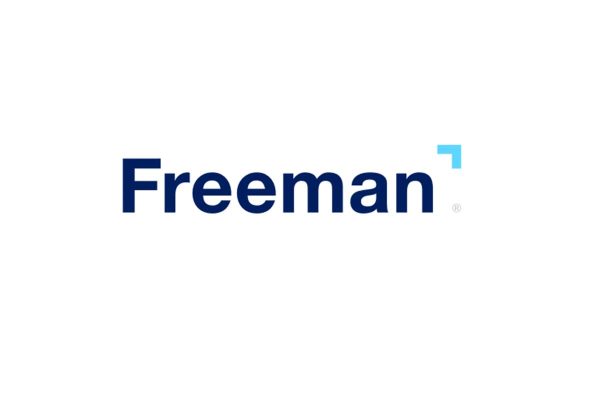The NATO summit was held in Chicago last month, and perhaps this is a good time to look back and assess the results of this conference. This summit was newsworthy for a variety of reasons. First and foremost, it was held at McCormick Place, which happens to be the largest convention center in North America. In addition, it necessitated rescheduling the dates of the National Restaurant Show, and anything with that much clout is noteworthy. But most important are the lessons learned and the implications for the tradeshow industry.
The NATO summit is, by its nature, a very controversial subject. Military expenditures are often in conflict with the budget priorities of many industrialized democracies. So it’s to be expected that protest demonstrations will take place. This is due in large part to the worldwide media attention which is generated by an event like this.
The existing power structures of these countries will attempt to diminish the impact of demonstrations because opposition to their policies is perceived as inconvenient. On the other hand, there is a constitutional right to protest the policies of the government. It’s one of the essential checks and balances of a democracy. Positive changes like civil rights legislation and women’s right to vote would have never come about without repeated protests and civil disobedience.
However, demonstrations with large groups of people also create the possibility of a breach of security. In a civilized society, mayhem and anarchy are not an acceptable expression of dissent, so proper security precautions are essential. Furthermore, with so many heads of state in attendance and massive media coverage, this event is an inviting target for terrorists. Obviously, this is something that needs to be needs to be taken seriously.
However, the massive expenditures for security raise the question of whether it is a net gain or loss for the host city having this event. When you factor in street closing and public transit disruptions, it makes one wonder if it’s all worth it. This meeting of global leaders was touted as priceless exposure for Chicago. Supporters claimed increased tourism would result as visitors attending the conference would finally recognize the charm of our city. If this actually happens, it’s well worth the cost. However, because this is hard to quantify, one has to remain skeptical. It’s not out of the realm of possibility that claims of economic benefits are often exaggerated by those with a vested interest in creating the perception of success.
It was originally stated that costs for this conference would be approximately $40 million. Later, it was suggested it could climb to $55 million. Organizers claimed much of this would be reimbursed by government funds and corporate donations. However, I‘m not holding my breath, waiting for these funds to start rolling in. But this brings up an interesting question: If they can come up with this amount of money for a two-day summit, then what are they doing to ensure that events fill the halls the rest of the year?
The tradeshow business isn’t as glamorous as an event like this, and we’re often ignored even though shows bring a lot more in revenue without the security costs, traffic jams and disruption of the lives of nearby residents that a summit brings. The tradeshow industry is often taken for granted. Nobody pays much attention to us unless something goes wrong, like we lose a show, and then it becomes front page news. Once things return to normal, we go back to being taken for granted and ignored. People drive past the convention center and never give much thought to the economic engine that it is and how much it contributes to the local economy. Perhaps that should change.





























